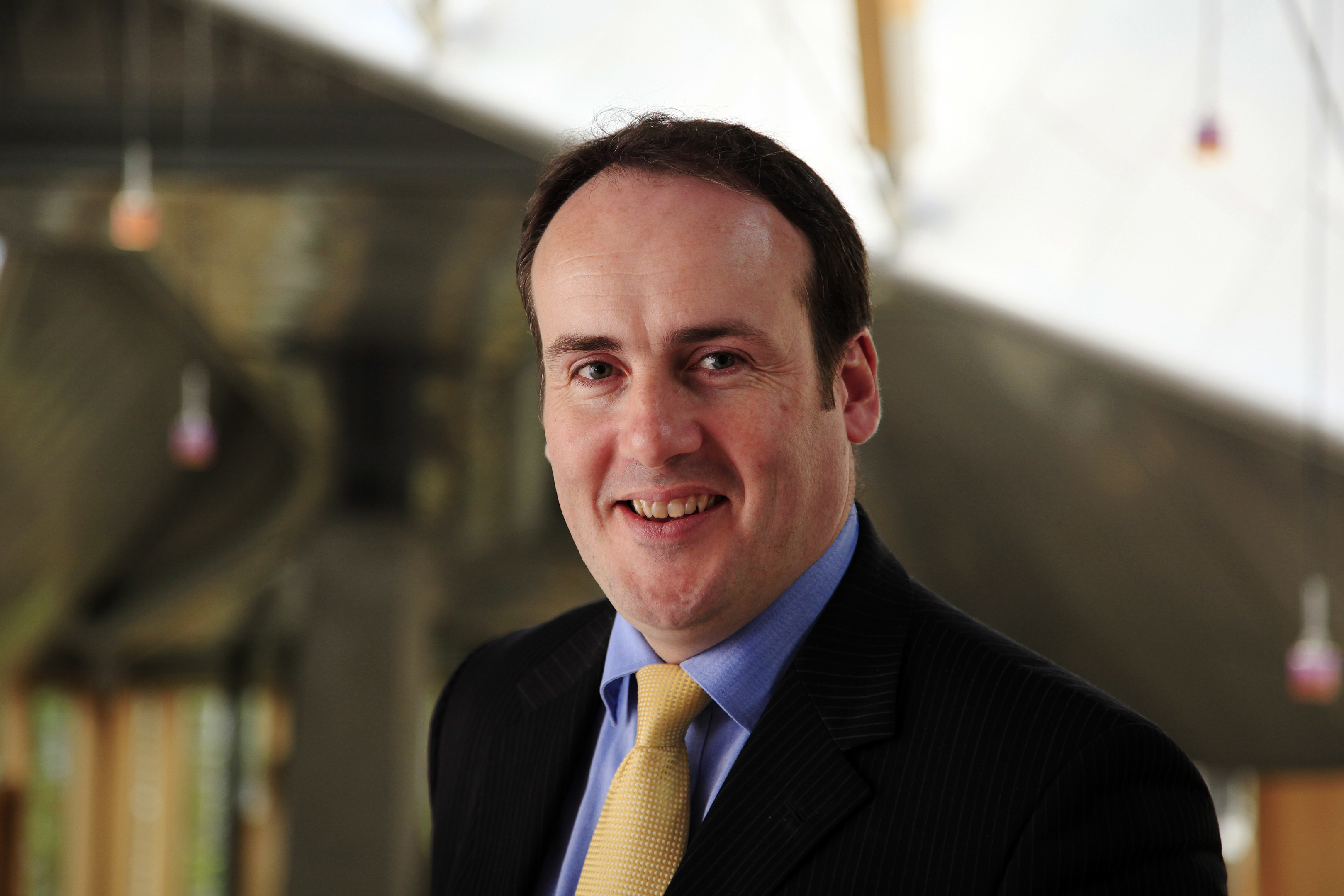
A PUBLIC consultation on the establishment of a state-owned, not-for-profit energy company will get under way late next year, MSPs have heard.
Energy Minister Paul Wheelhouse gave the commitment as he published the Scottish Government’s 2050 vision for energy.
First Minister Nicola Sturgeon announced at the SNP conference in October that the idea would be taken forward by 2021 and promised more detail on the strategy.
Mr Wheelhouse told the Holyrood chamber it was “important to seek views and expertise as we further develop this proposal”.
He added: “Early feedback on the strategy consultation has been constructive and we’re grateful for this input. We today commit to a formal process of public consultation in the later part of 2018.”
The strategy document described the aim as a “unique challenge, requiring deep expertise” and said analysis was under way “to consider the best route to achieve our principal aims”.
The strategy sets a target for half of the energy for Scotland’s heat, transport and electricity consumption to be supplied from renewable sources by 2030 and for a 30% increase in the productivity of energy use across the Scottish economy.
Its six priorities are to protect consumers from excessive costs, champion Scotland’s renewable energy potential, improve energy efficiency, continue to support the oil and gas sector, ensure “secure, resilient and flexible” energy for homes and businesses and strengthen the development of local energy.
Mr Wheelhouse told MSPs there had been a 12% increase in the level of community and locally-owned renewable capacity operating in Scotland to more than 660MW.
Included in the strategy is a £20 million energy investment fund and a £60 million low carbon innovation fund to support renewable and low carbon infrastructure.
Mr Wheelhouse said: “Scotland has world class skills, expertise and knowledge, from the North Sea oil and gas industry to our growing renewable energy sector, our academic institutions and our smaller start-ups.
“This strategy recognises and builds on our past, on our achievements to date and on Scotland’s capacity for innovation.
“It confirms the vital role of energy efficiency, of our renewables potential and our desire to develop new local energy systems and to develop a Scottish supply chain to deliver a sustainable energy future and it places consumers, and their interests, more firmly than ever at the heart of everything that we do.”
Tory MSP Alexander Burnett said the publication of the strategy was “long overdue” and the final version “looked like a draft”.
He said: “We welcome the overarching goals for 2050, the support and recognition of Scotland’s island wind and the UK Government’s role in the contracts for difference process.
“However the remainder of the strategy provides no detail of what should be achieved and how between now and 2050.
“Once again this is a government strategy long on rhetoric but short on detail.”
Labour’s Jackie Baillie said there was little information on how a promise of new jobs and supply chain opportunities would be delivered.
She said: “It’s fair to say that the major investment in renewables so far has not led to a significant number of jobs or supply chain opportunities retained in Scotland.
“It’s surely not beyond us to retain a greater proportion of work and jobs at home.”

Enjoy the convenience of having The Sunday Post delivered as a digital ePaper straight to your smartphone, tablet or computer.
Subscribe for only £5.49 a month and enjoy all the benefits of the printed paper as a digital replica.
Subscribe